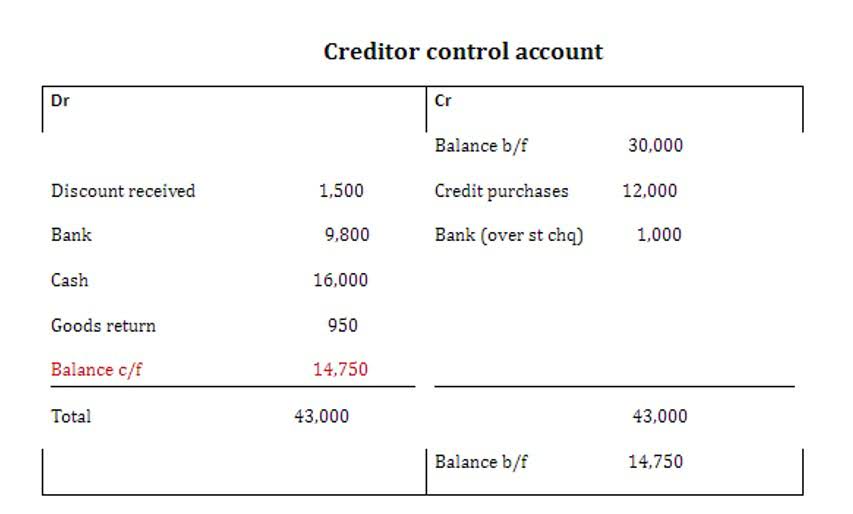
Government-wide financial reporting is a critical aspect of transparent and accountable financial reporting for state and local governments. It provides stakeholders with a comprehensive view of a government’s financial health and activities. This module outlines the steps involved in preparing the government-wide Statement of Net Position and the government-wide Statement of Activities from trial balances and supporting documentation. Once a budget is approved, ongoing monitoring and reporting track financial performance against the plan.
Fund Accounting Principles

The Financial Accounting Standards Board (FASB) provides guidelines through its Accounting Standards Codification (ASC) 958, specifically tailored for nonprofits. The standard outlines how to recognize contributions and distinguishes between exchange transactions and contributions. An exchange transaction, such as a membership fee, involves a reciprocal transfer of virtual accountant value and is recognized as revenue when the service is performed.

Types and/or Examples of Required Reading, Writing, and Outside of Class Assignments

Financial performance metrics assess the economic health and operational efficiency of governmental and nonprofit organizations. These metrics provide insights into resource utilization effectiveness in achieving mission and objectives. When you’re busy leading a nonprofit—developing program strategies, cultivating donors, supporting staff—thinking about accounting and finance can feel like an afterthought. But to be successful, nonprofit leaders need a government and nonprofit accounting functional grasp of the basics of nonprofit accounting and financial management.
- Utilizing specialized nonprofit accounting software can significantly streamline financial management, making it easier to adhere to regulatory requirements and optimize internal resources.
- It begins with hiring a professional accountant who has an understanding of accounting principles and accounting software to track and report nonprofit financial information.
- Governmental financial statements provide a detailed overview of a government entity’s financial activities and position, serving as a tool for transparency and accountability.
- The Financial Accounting Standards Board (FASB) provides guidelines through its Accounting Standards Codification (ASC) 958, specifically tailored for nonprofits.
- It’s crucial to select a method that aligns with the organization’s structure and financial goals, ensuring equitable distribution of costs and compliance with accounting standards.
- When you’re busy leading a nonprofit—developing program strategies, cultivating donors, supporting staff—thinking about accounting and finance can feel like an afterthought.
Course Introduction and Module 1: Fiduciary Funds and Reconciliation Statements
The step-down allocation method allocates costs to service departments first, then distributes them to operational departments, beneficial for organizations with complex interdepartmental relationships. The Statement of Net Position offers a snapshot of the government’s financial standing at a specific point, highlighting assets, liabilities, and net QuickBooks assets. This statement helps stakeholders assess the government’s ability to meet obligations and manage resources.
- The non-profit organizations must maintain transparency in financial statements, ensure proper allocation of resources, and uphold donor restrictions.
- Some popular nonprofit accounting software options include Aplos, QuickBooks Nonprofit Edition, and NetSuite’s Nonprofit Financial Management Solution.
- These statements are typically governed by the Governmental Accounting Standards Board (GASB), which establishes guidelines for state and local governments’ financial reporting.
- In this section, we will also cover the three net position classification and get practice on categorizing transactions into these three classifications of net position.
- This statement allows stakeholders to evaluate the organization’s ability to generate funds and use the revenue effectively to support its mission.
- Bookkeeping and accounting are crucial aspects to ensure financial accuracy and transparency.
Nonprofit and Government Accounting Fundamentals Training Course
- It categorizes the expenses by both nature (such as salaries, rent, or supplies) and function (program services, management, and fundraising).
- This distinction ensures financial statements accurately depict the organization’s resources and obligations.
- This module introduces the fundamental aspects of nonprofit entities, including their definition and the standards-setting body for nonprofit accounting principles.
- Katie was a godsend and helped our 501(c)(3), 501(c)(4) and PAC keep organized—while she helped keep me sane!
- Non-profits follow fund accounting, which helps them not only to ensure donor restrictions are followed but also to maintain transparency in their financial reports.
- Coursera provides financial aid to learners who would like to complete a course but cannot afford the course fee.
- To effectively manage their finances, nonprofit organizations need to be well-versed in financial statements and reporting, revenue management and fundraising, expenses and cash flow, and accountability and compliance.
It typically involves organizing events, running campaigns, and soliciting donations from individuals, corporations, or other organizations. Successful fundraising efforts are crucial to the financial health of a nonprofit and its ability to achieve its mission. Double-entry bookkeeping is a key component of fund accounting, recording every transaction in at least two accounts to maintain the accounting equation’s balance. This system provides a comprehensive view of an organization’s financial position, aiding informed decision-making. Software like Blackbaud Financial Edge NXT and QuickBooks Nonprofit cater to these sectors’ unique needs. Cost allocation methods ensure that shared expenses are distributed fairly among various programs or departments within an organization.











